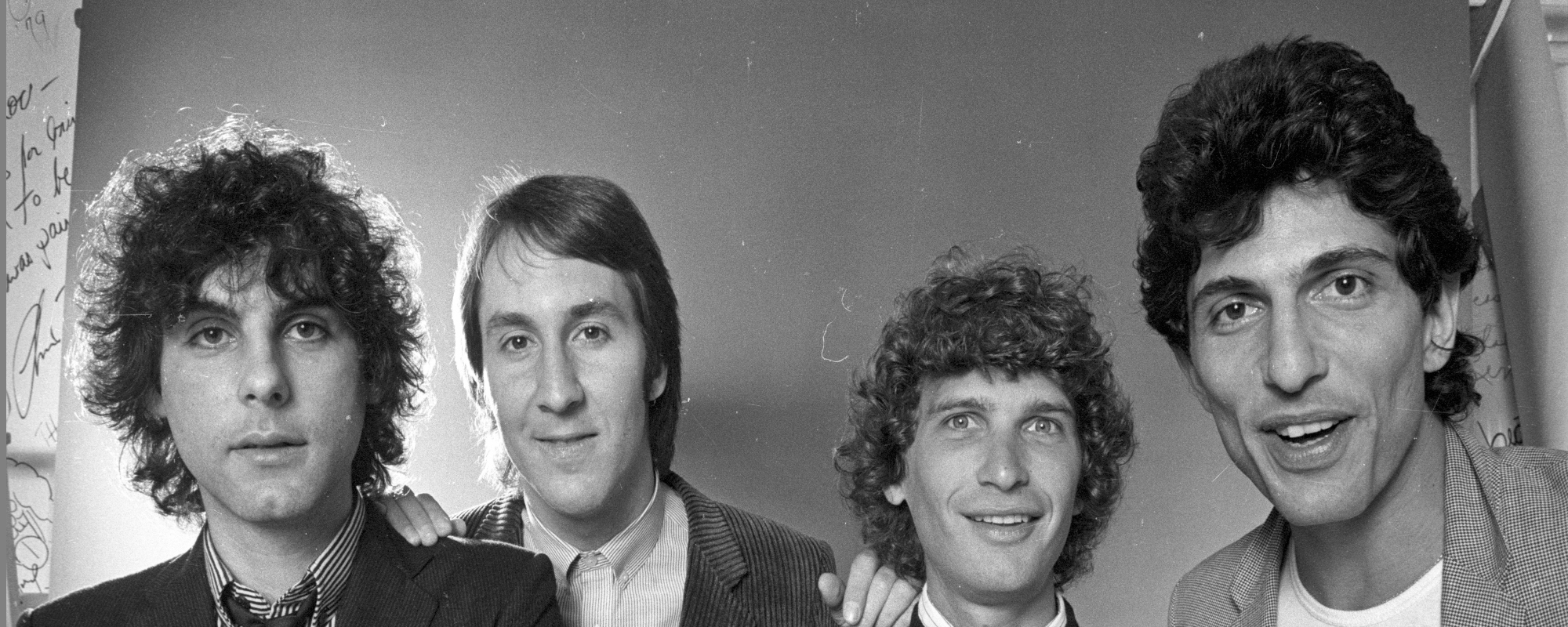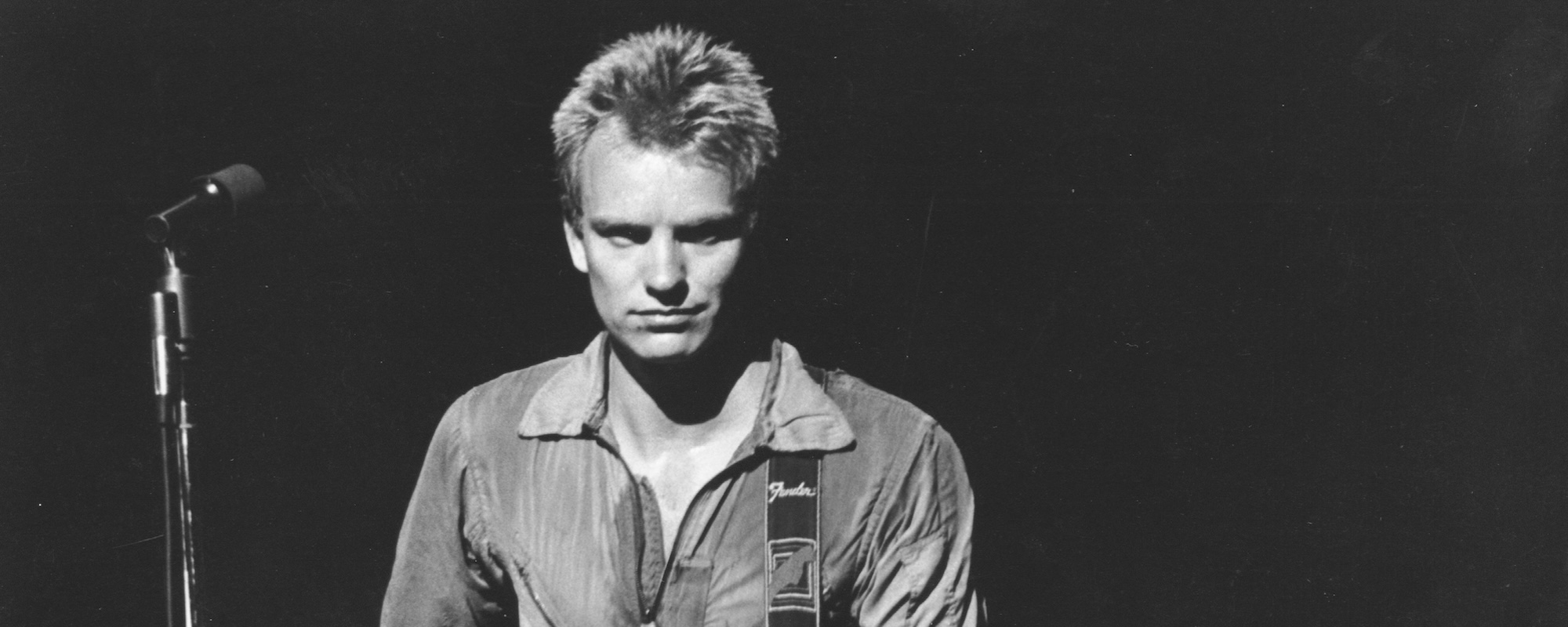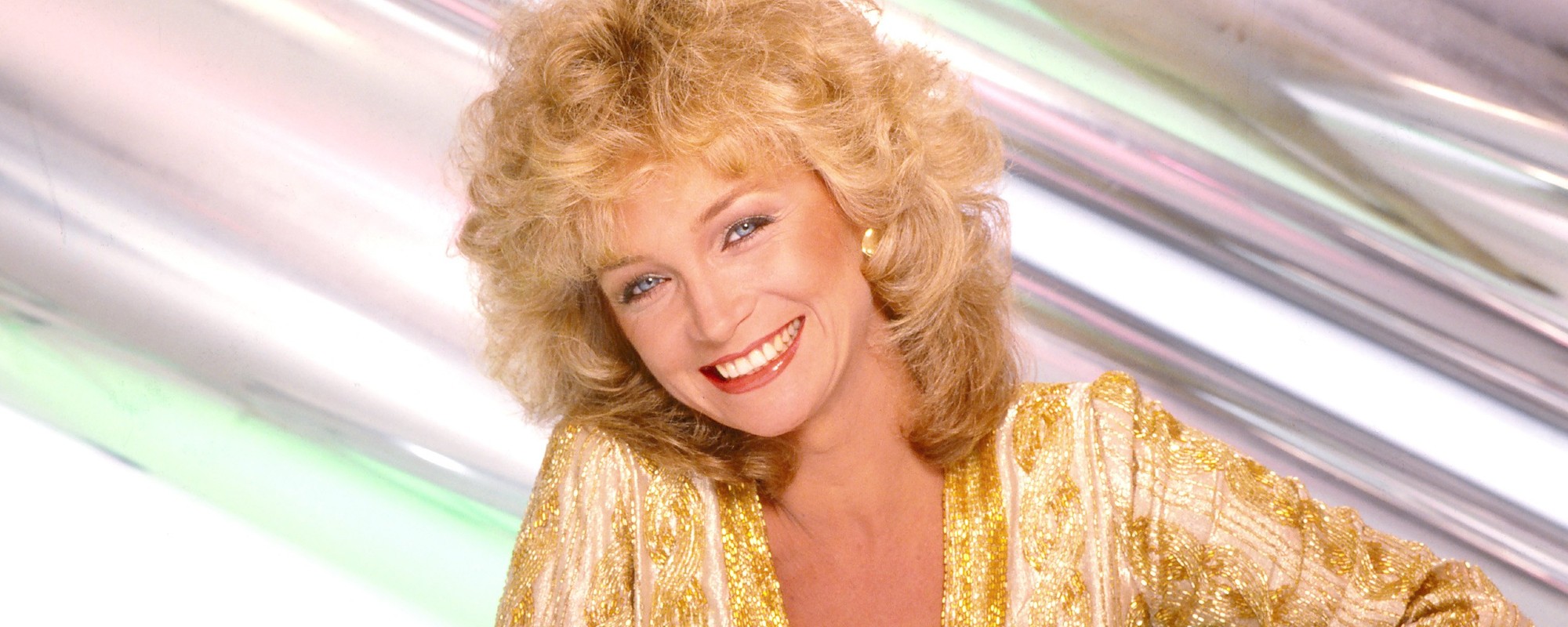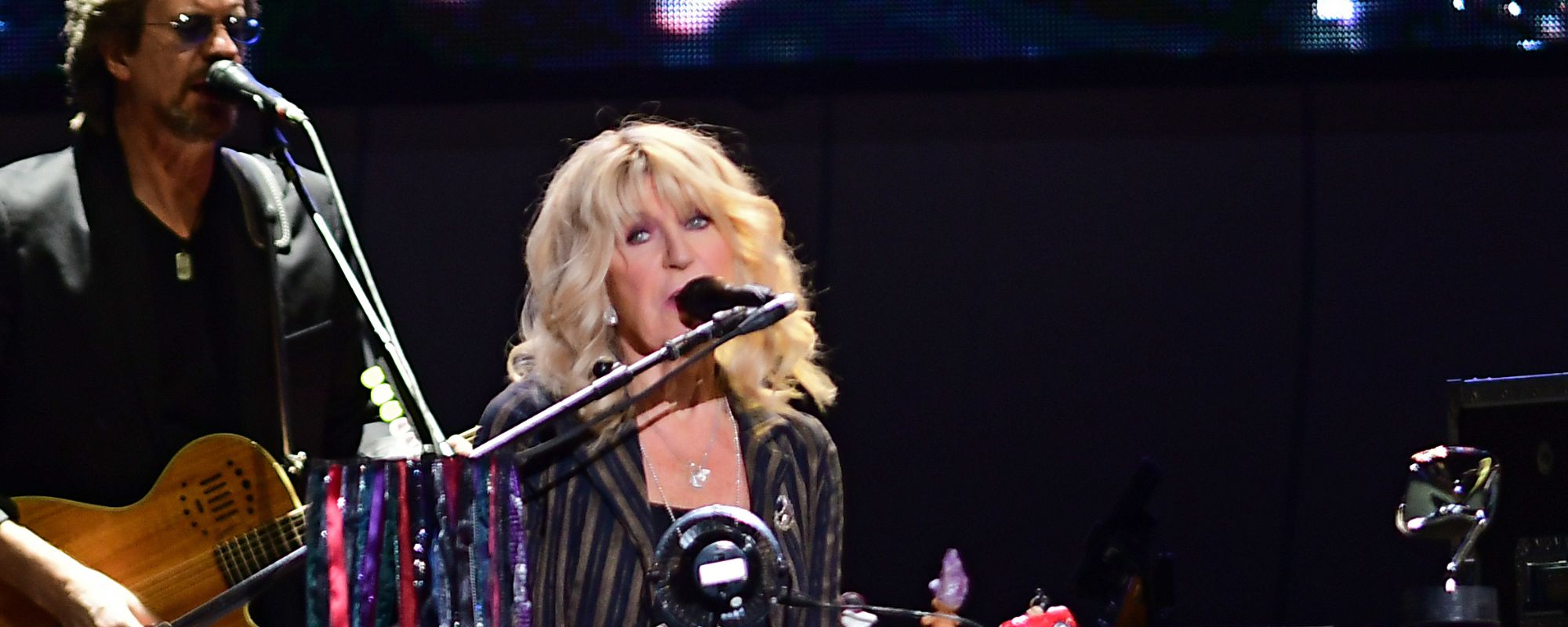Four Top-20 singles came rolling out from the 1987 Fleetwood Mac album Tango in the Night. But much of that radio success came at a time when the chief architect of the album’s sound and vision, Lindsey Buckingham, was long gone from the band.
Videos by American Songwriter
Maybe even more so than Rumours, Tango in the Night epitomizes the strange chemistry of the Buckingham-Nicks era version of Mac. At a time when the band members were barely getting along with each other, or even surviving from day to day, they still managed to churn out some amazing music.
The Last Tango in LA
By the time Fleetwood Mac made the album Mirage in 1982, the various romantic entanglements among band members that had typified the Rumours era had played themselves out. But resentment still lingered. That resentment, combined with a desire for the band’s singers to propagate solo careers, led to a hiatus of five years between records.
And even when they did come back, it wasn’t technically supposed to happen. In the middle of the decade, Lindsey Buckingham started working on music he assumed would be the basis for a new solo album. But Mick Fleetwood, who was helping out on the sessions, convinced Buckingham to pivot instead to creating a new record with the band.
Buckingham capitulated, but it was clear he would be in charge. To that end, the bulk of the music created for Tango in the Night came at his home studio. The rest of the band, wary that close quarters might lead to conflicts, parked an RV nearby as a kind of way station they could use while recording was in progress.
At the time, each and every member of the band was dealing with personal problems, with substance abuse issues the main culprit. In particular, Stevie Nicks had kicked a drug habit, but alcohol problems popped up. Coupled with the fact she was also touring her last solo record, she wasn’t much of a presence at all in the sessions. Buckingham often cut her backing vocals when they weren’t up to snuff.
Buckingham, with the help of producer Richard Dashut, used state-of-the-art sampling techniques and synthesizer effects to help formulate the album’s lush sound. But the process of making the record soured him on the prospects of continuing in the same manner. At a band meeting in August 1987, just four months after Tango in the Night was released, Buckingham told the rest he wouldn’t be touring to support the album.
Revisiting the Music of Tango in the Night
The odd thing about Tango in the Night is even though it was made by the band at its most fractious, it ended up sounding as upbeat and together as anything in the band’s catalog. Buckingham’s ability to layer vocals had a lot to do with that. Even when there are only three band members singing, it sounds like there are about 50.
Lost in the shuffle are any iconic instrumental moments, such as ones found on classics like “The Chain” or “Go Your Own Way.” But it’s hard to argue with the colorful sound created on the hit singles. And they’re a sharp bunch: Buckingham’s brooding “Big Love,” Nicks’ ebullient “Seven Wonders,” and Christine McVie’s hook-filled “Little Lies” and “Everywhere.”
Unsurprisingly, not all the album tracks stand out in the same way. But Tango in the Night ends strong. “When I See You Again” sounds like one last tortured conversation between Nicks and Buckingam, before the latter sends things out on a breezy, hopeful note with “You and I, Part II.”
Buckingham’s own second act with the band came when he returned for their 1997 reunion, although sadly, the classic quintet would never all be together on any of the band’s three subsequent studio albums. That makes Tango in the Night the last dance in a way, and it’s one quite worthy of this band’s towering legacy.
Photo by Aaron Rapoport/Corbis via Getty Images













Leave a Reply
Only members can comment. Become a member. Already a member? Log in.